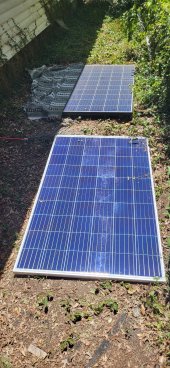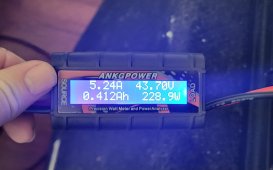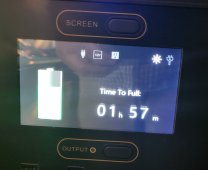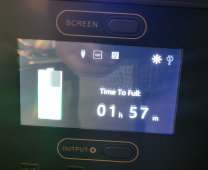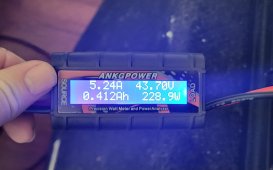You can put any size resistor you want in series but when no current is flowing, the resistor won’t prevent 2xVoc = 76V from reaching to the input of the SCC (and even higher on cold winter mornings).2 panels in series is 62v when producing. You will need a high wattage resistor to bring it under 60v. Hopefully it can also bring down voc under 60v too.
If you just want to focus on getting 2S string voltage under 60V when Imp = Pmp / Vmp = 8.9A, you’d want 2 volts dropped when 8.9A which means a 225mOhm resistor.
I^2R losses would be 17.8W which is less than 3-1/4% of 2S string output but the real problem is that input voltage can still reach 76V when there is very little light and no current flowing..,



